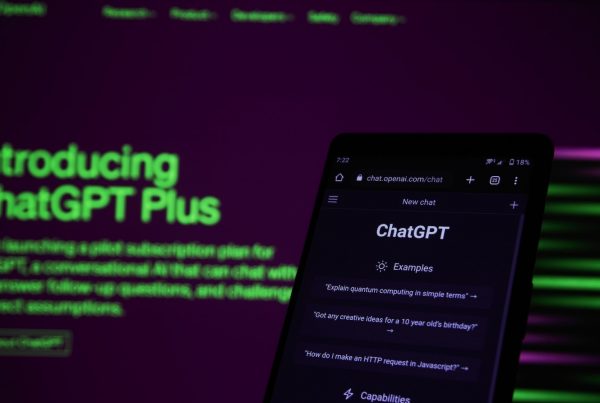Each time you pick up your phone and call someone, you hear the health advisory about preventing Coronavirus infection – wash your hands, don’t touch your face, and so on. Annoying, right? And ofcourse, there is ‘Go Corona, Go!’.
Welcome to the SOHCOs
In times of epidemics, these messages are called SOHCOs or Single Over-riding Health Communication Objective (pronounced sock-o). A global mandate by the WHO is that any spokesperson addressing the public on behalf of institutions needs to begin and/or end their message with a SOHCO. That is the primary communication peg for the masses. Just like how during the H1N1 outbreak of 2009, President Obama’s SOHCO was, “Wash your hands when you shake hands. Cover your mouth when you cough. I know it sounds trivial, but it makes a huge difference.” 11 years since not much has changed!
We got curious about the communication guidelines that exist for pandemics/ epidemics, or what has even been used in the past. Through our research, one fact stood out consistently – all such communication is aimed at motivating the masses to take preventive action against the disease, as quickly as possible. It is aimed at inspiring behavior change at scale; so, messaging pegs had to be simple and actionable.
During the Ebola Virus outbreak in Central Africa between 2014-16, WHO released a series of posters highlighting different aspects like symptoms, patient care, and prevention. “You cannot get Ebola by talking to people, walking on the street or shopping in the market. If you are sick, avoid touch or physical contact.” Did it work? Probably, though not entirely. This is true of all epidemics. Because preventive health behaviours are driven by many factors such as our “analysis of perceived costs and benefits of action”, individual factors, emotions, habits, and even social influences.
Yet, leaders have to try
A factor likely to promote immediate positive action, is trust in the person who is the primary messenger. We bank on the credibility we attach to people. Maybe that is why, the Center for Disease Control in the USA recommends that healthcare experts, and not politicians, share public action messages primarily. People may be ambiguous towards politicians. Such a recommendation saved Seattle because Dr. Francis Riedo, an infectious-disease specialist, took the lead in talking about the impact of COVID-19. Whereas New York bore the brunt of ambiguous decisions by Mayor Bill de Blasio, of not asking people to stay at home and keeping bars open. Seattle is where the outbreak started in the USA. New York is the country’s largest hotspot.
Getting millions of people to agree to a single call to action is tough. The fact that our lives are at stake isn’t enough. How do leaders go about it then? Dr. Jeff Duchin, the top public-health physician for Seattle, asked the right question in this context, when he contemplated the next best steps for the city’s residents. He knew that asking people to distance socially right off the bat would see massive resistance. So, he wondered, “What can we say today so that people will be ready to hear what we need to say tomorrow?” He started with sharing information – that they didn’t know much about coronavirus but knew that it was fatal, and washing hands and not touching the face will help. He also asked public gatherings to be restricted. Step by step, over 2-3 weeks, the city moved to social distancing and a complete lockdown.
The implication – give people just enough so they can understand and digest it. Scaffolded information. Behavior shaped one step at a time. How would you have received news of a 40-day lockdown if Prime Minister Modi had announced it on day one? That’s why we had one day on ‘Junta Curfew’. Once that was over, we got a day’s break, and moved to a 21-day lockdown, which then got extended. And now that it’s extended again beyond May 3rd, you might be okay with it, because you know what’s at stake. Think of your journey from day 1 to 41. How much information did you need at each stage, and what have been the key messages that shaped your behavior?





